Real-World Asset (RWA) Tokenization: The Next Frontier in DeFi
The decentralized finance (DeFi) space is evolving at breakneck speed. While DeFi began with crypto-native instruments like lending, yield farming, and staking, the next frontier is now clear: Real-World Asset (RWA) tokenization. From real estate and art to government bonds and private equity, traditional assets are being brought on-chain—offering investors unparalleled access, liquidity, and innovation.
What is Real-World Asset (RWA) Tokenization?
RWA tokenization refers to the process of converting physical or traditional financial assets into blockchain-based tokens. These tokens represent ownership, shares, or rights to a specific asset, and can be traded, collateralized, or managed on-chain.
Think of owning a fraction of a multi-million dollar painting or earning yield from a tokenized bond—all without the red tape of traditional finance. With tokenization, previously illiquid or restricted assets become globally accessible, 24/7.
Key Examples of Tokenized RWAs
- Real Estate
Properties can be divided into tokenized shares, enabling fractional ownership and easier transferability. Platforms are already offering tokenized rental income streams or even full ownership rights. - Fine Art & Collectibles
Through tokenization, rare art pieces and luxury collectibles can be owned in fractions. This opens doors for retail investors to participate in previously exclusive markets. - Bonds & Securities
Government bonds, corporate debt, and other financial instruments are being tokenized for increased efficiency, reduced settlement times, and global distribution.
Benefits of RWA Tokenization
- Increased Liquidity: Assets that typically take weeks or months to trade (like real estate or bonds) can be traded in seconds.
- Fractional Ownership: Lower entry barriers make investing accessible to a broader audience.
- Transparency & Security: Blockchain technology ensures traceability, proof of ownership, and tamper-proof records.
- 24/7 Global Access: Unlike traditional markets, tokenized assets can be traded anytime, anywhere.
Challenges and Considerations
While the potential is huge, RWA tokenization comes with challenges:
- Regulatory Clarity: Jurisdictions differ in how they classify tokenized assets. Navigating securities laws and compliance is critical.
- Valuation & Auditing: Ensuring the on-chain value reflects real-world value requires trusted oracles and transparent auditing.
- Custody & Enforcement: If a token represents part of a building, what happens if something goes wrong? Legal frameworks are still catching up.
A New Era: Platforms Leading the Charge
Several DeFi and Web3 platforms are pioneering RWA tokenization. One such emerging platform is Flutter Bees — a next-gen ecosystem focused on Web3 innovation, including tokenizing real-world assets for broader community engagement.
Join the Flutter Bees Announcement Channel to stay updated on their RWA developments and platform launches: Flutter Bees
What This Means for Investors
RWA tokenization democratizes access to high-value assets, allowing both retail and institutional investors to diversify portfolios like never before. It also introduces new income streams through tokenized yield-bearing assets.
What This Means for Regulators
The rise of tokenized RWAs is forcing regulators to rethink old frameworks. The goal? Balance innovation with investor protection. Expect a wave of new policies in the coming years.
Final Thoughts
Real-World Asset tokenization is not just a trend—it’s a tectonic shift. By bringing tangible, real-world value into the decentralized ecosystem, RWA tokenization has the potential to bridge the gap between traditional finance and DeFi. The road ahead is filled with opportunities for platforms, investors, and forward-thinking regulators.
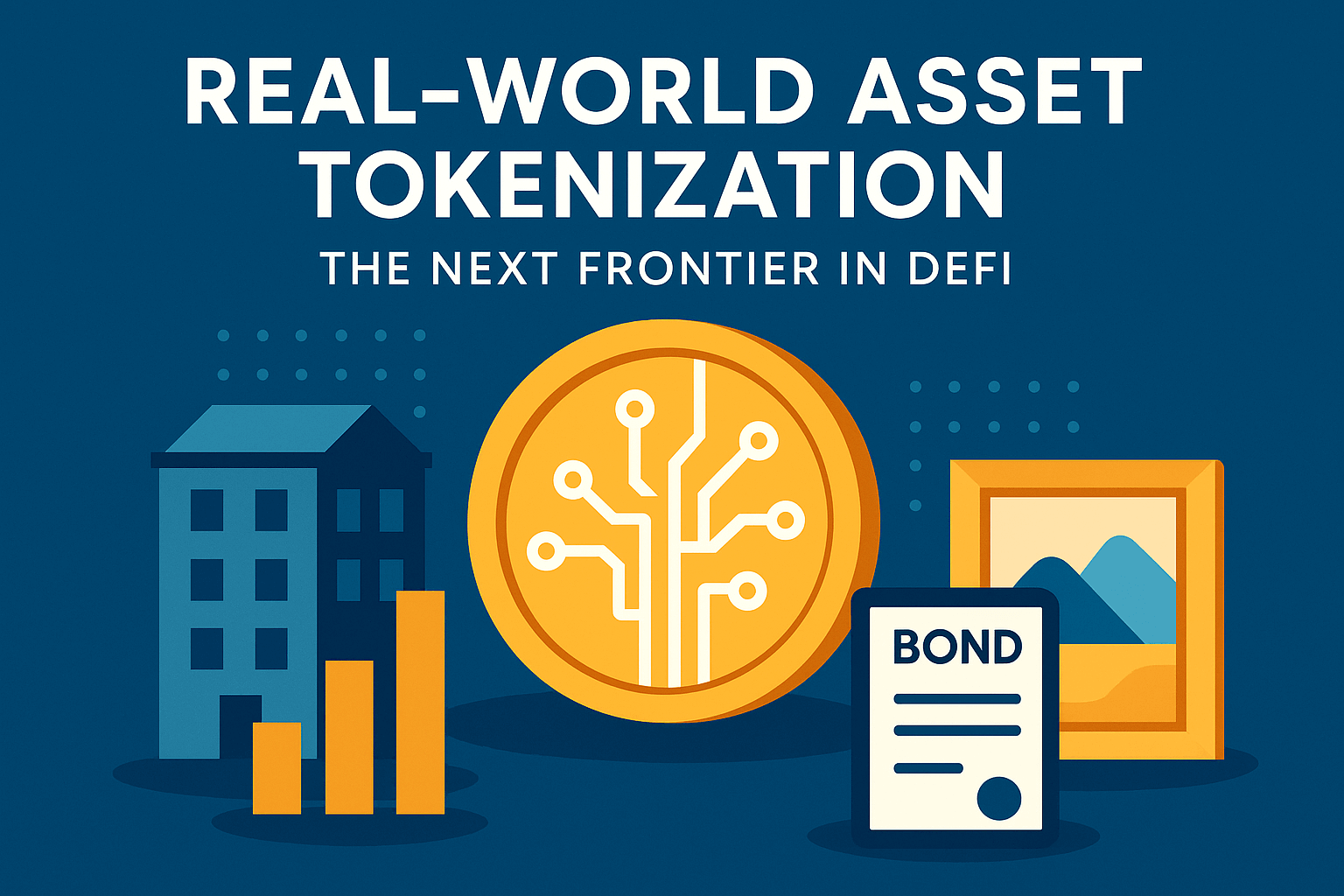
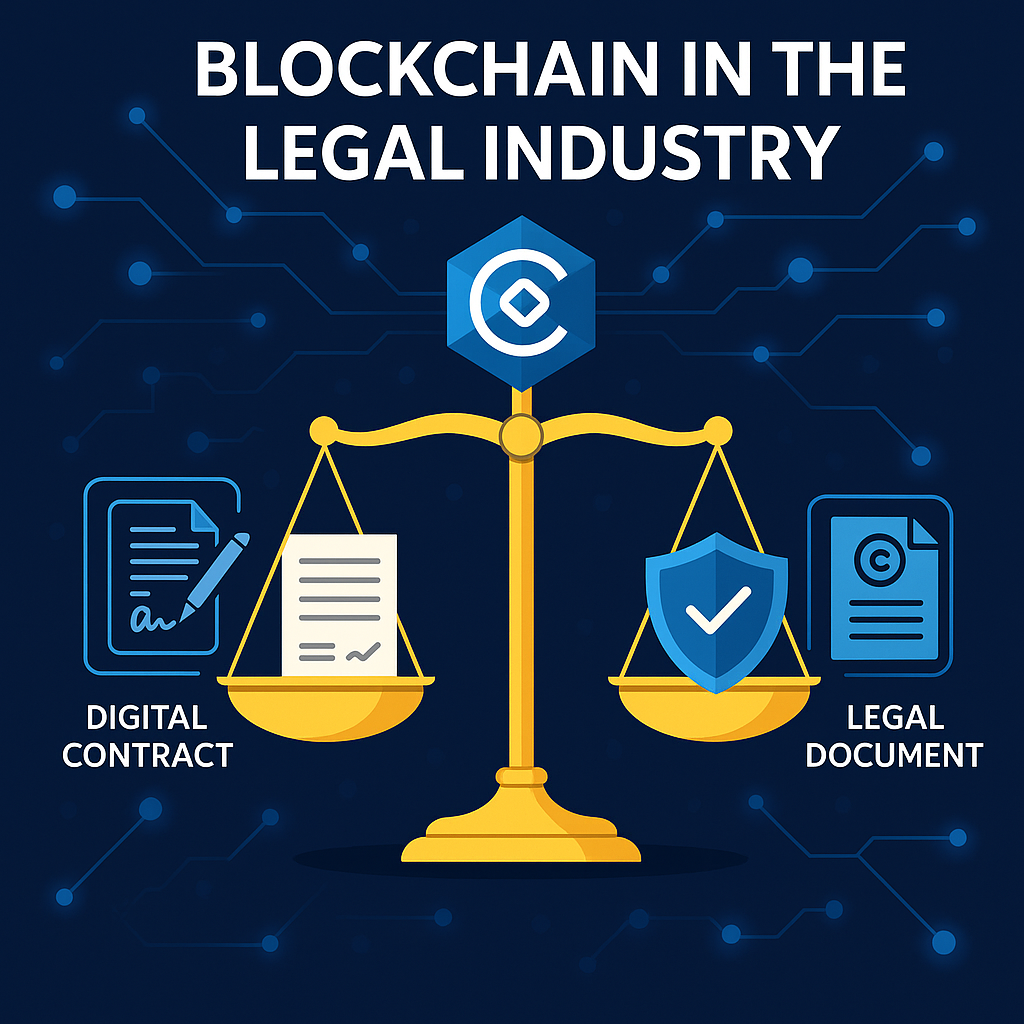
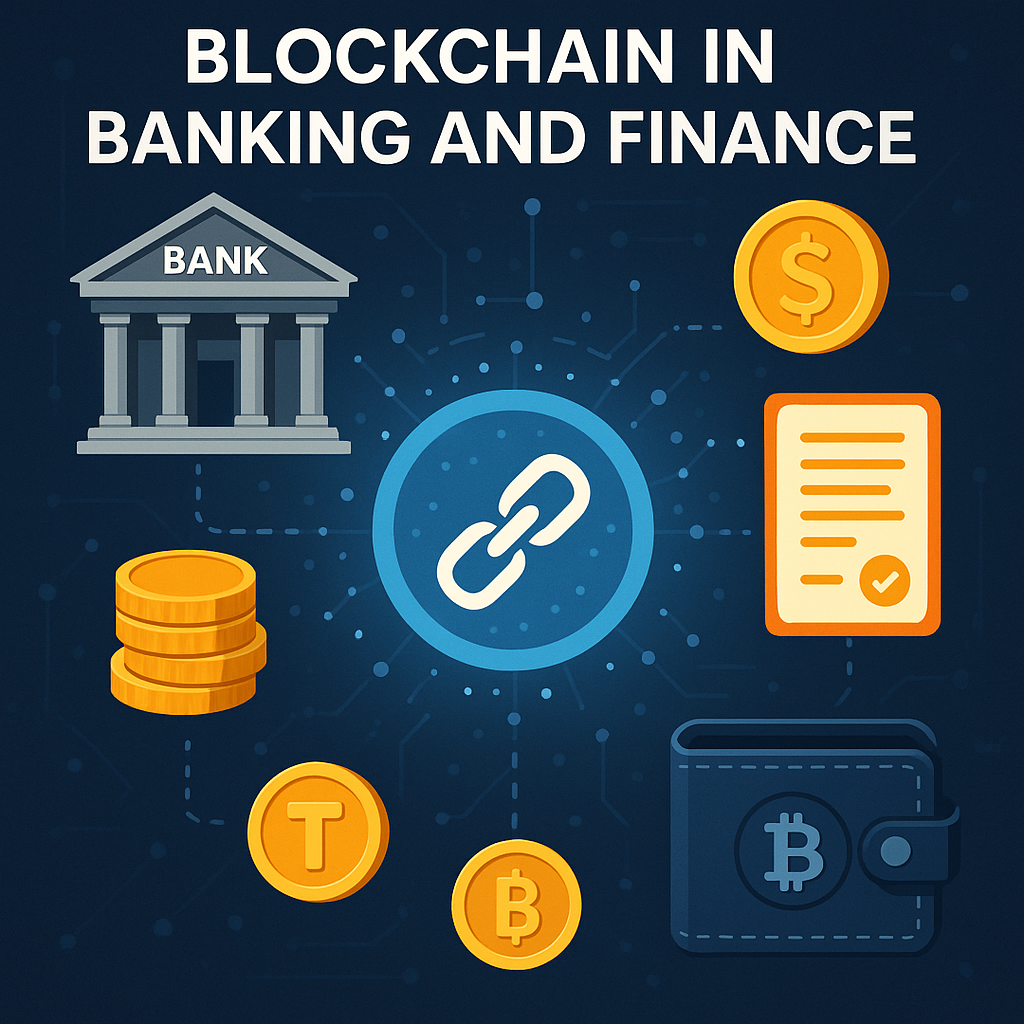

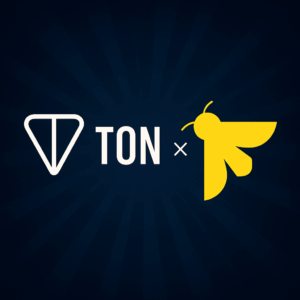
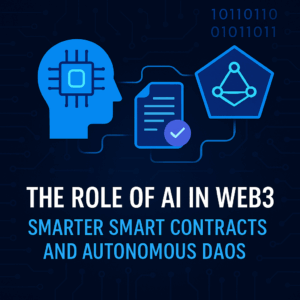
Post Comment